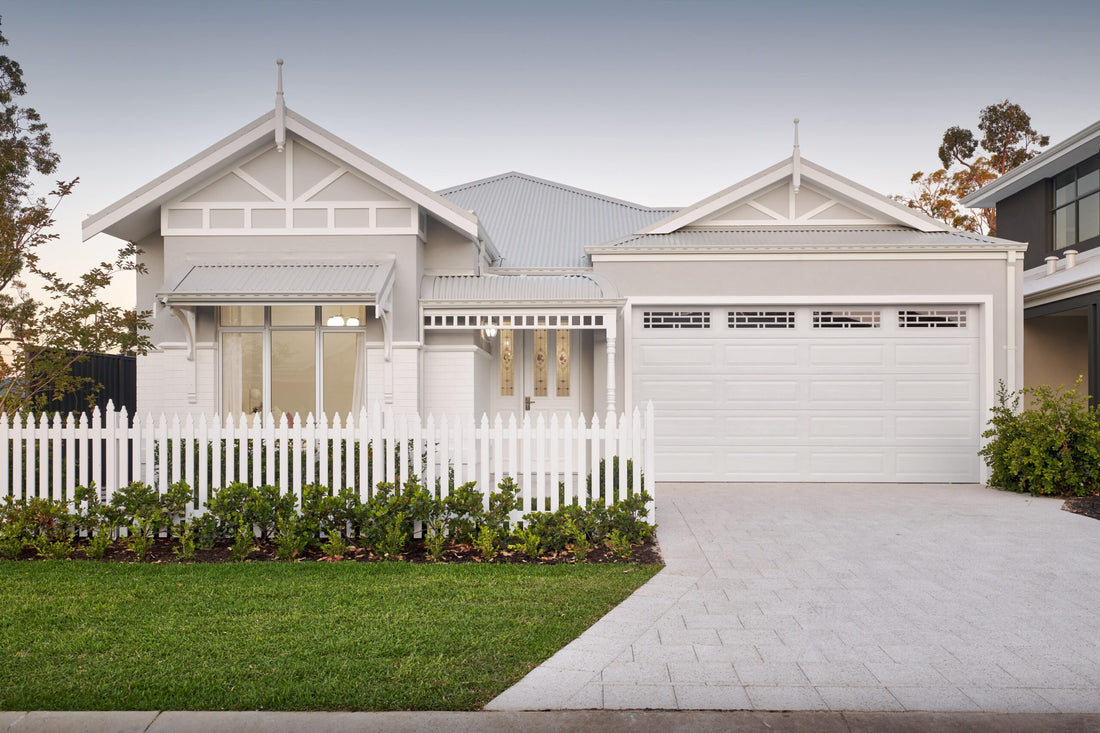Heritage homes stand as cherished relics of the past, carrying with them stories and architectural significance that deserve to be preserved for future generations. However, preserving these historical treasures can be a challenging endeavour, especially when it comes to maintaining their exterior facades. Fortunately, fibre cement, a modern building material, has proven to be an invaluable tool in the restoration and preservation of heritage homes. In this guide, we'll explore how fibre cement can be used to breathe new life into historical buildings while respecting their original character.
1. Retaining Historical Authenticity:
The restoration of heritage homes demands a deep understanding of their historical authenticity. Fibre cement products from reputable manufacturers like James Hardie and BGC Fibre Cement can be customized to mimic the appearance of traditional materials such as wood, shingles, or masonry. This allows for the preservation of a home's architectural heritage while ensuring it remains aesthetically faithful to its era.
2. Durability and Longevity:
Preserving heritage homes often requires materials that can endure the test of time. Fibre cement's exceptional durability makes it an ideal choice for historical restorations. It resists rot, decay, and pests, which are common issues in older structures. This durability ensures that the restored facade will remain intact and beautiful for decades to come.
3. Fire Resistance:
Safety is a critical concern in heritage home preservation. Fibre cement products are inherently fire-resistant, adding an extra layer of protection to these often irreplaceable structures. This is especially crucial for historical homes in regions prone to wildfires or those with strict fire safety regulations.
4. Low Maintenance:
One of the primary challenges of heritage home maintenance is the high cost and effort required for upkeep. Fibre cement cladding and siding materials, once installed, demand minimal maintenance compared to traditional materials like wood. This reduces the long-term maintenance burden and helps preserve the home's historical integrity.
5. Sustainable Restoration:
Sustainability is a growing concern in heritage home restoration. Fibre cement products from companies like James Hardie and BGC Fibre Cement are often produced using sustainable practices and responsibly sourced raw materials. This aligns with the principles of eco-friendly preservation and ensures that restoration efforts are environmentally responsible.
6. Weather Resistance:
Historical homes are often subjected to harsh weather conditions that can take a toll on their exterior surfaces. Fibre cement resists moisture absorption, preventing issues like rot and warping. It also withstands UV damage and fading, ensuring that the restored facade retains its vibrancy and charm.
7. Matching Existing Details:
Fibre cement's versatility allows for custom designs that match existing architectural details. This is particularly important when restoring intricate facades with ornate trims, moldings, or decorative elements. The ability to replicate these details ensures a cohesive and historically accurate restoration.
Conclusion:
The preservation of heritage homes is a labour of love that requires a delicate balance between honouring the past and ensuring the future. Fibre cement, with its durability, fire resistance, low maintenance, and design versatility, has proven to be an invaluable tool in the restoration and preservation of these historical treasures. Whether replicating traditional materials or matching existing architectural details, fibre cement allows for a seamless and sustainable restoration process that ensures heritage homes continue to stand as living testaments to the past for generations to come.

